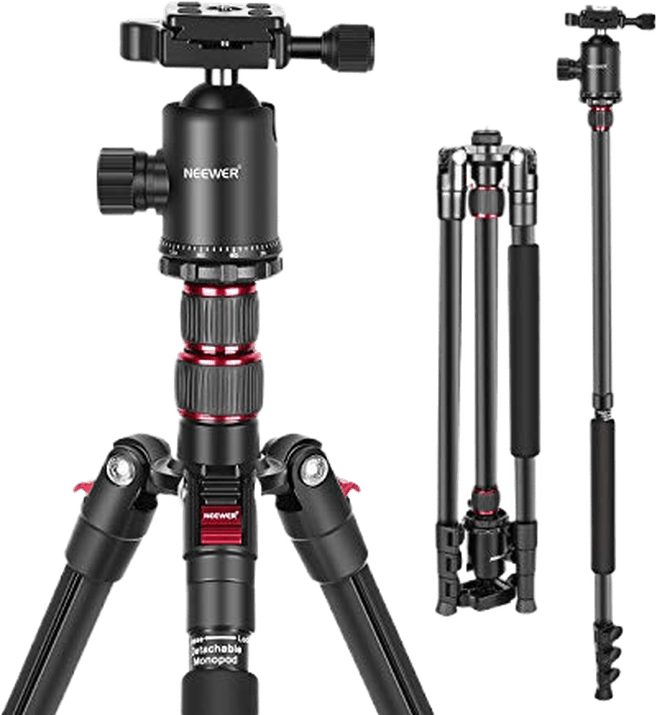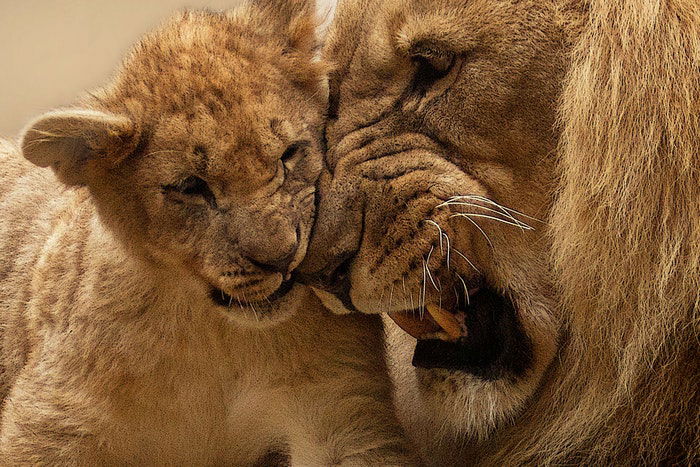Zoo photography is a perfect stepping stone into animal and wildlife photography. But how do you take stunning and natural-looking photos of animals living behind bars and cages?
Follow the below tips to learn how to shoot excellent zoo photography.

Zoo photography means taking pictures of animals in the zoo. It is a bit controversial and some wildlife photographers think it is cheating.
The controversy comes from the fact that many people consider zoos prisons for animals. And some photographers think it’s cheating because the animal is basically ‘placed’ in front of you and you only need to snap the photo.
But zoo photography is an excellent start for any photographer who aspires to pursue a career in wildlife photographing animals. Whether you are interested in wildlife photography or pet photography, zoo photography can be a great practice for you.
The zoo offers you an opportunity to learn how animals move, behave and what looks good in the photos.

Zoo photography might sound easier than photographing the wildlife of an African Savanah. But there are a few challenges you have to overcome.
There will be bars, cages and windows with reflections in the way. You have to find a solution to avoid them in your photos.
Animals won’t always come close to you. In fact, you have to calculate with animals staying in the distance.
Also, there will be other people in the zoo too. You cannot control where and for how long they stay.
You have to consider the lack of control as well. Animals will be moving around or not show themselves at all.
The lighting indoors might also be annoying. Or the weather changes all of a sudden.
Don’t worry, there are ways to overcome these challenges. But don’t expect and easy cruisy photo shoot.

You don’t need fancy and expensive equipment to shoot great zoo pictures. To overcome the distance issue, you need lenses that allow you to take closer photos of the animals.
A camera with a longer focal length prime lens or a telephoto lens would be perfect, but a proper zoom lens could also work. You can also consider taking a macro lens with you, in case you get lucky. This could also come in handy if you want to photograph insects or other tiny animals.
You could consider bringing a monopod or tripod as well. As you’re likely to photograph moving animals, a tripod can give you the extra stability you need.
A polarizing filter can also be a useful tool for your zoo photography. This will help you manage reflections and suppress glare.
Keep in mind that you can take great zoo photos using a camera and lens with a longer focal length. The rest is only making your life easier.
When it comes to camera settings, it’s more like a trial and error scenario. One thing that you almost always want is a blurry background. This way, your animal subject will be sharp and in focus.
You can achieve this result by using a wider aperture and a longer focal length. This will result in a shallow depth of field. This is also a great way to avoid capturing the cages and bars in the frame.
You also need to use manual focus for your zoo photography. Autofocus often gets confused if the cage is in front of it.
At feeding time, animals tend to move around quickly. Set your camera to shutter priority mode and use a fast shutter speed to freeze the moments that happen in front of your camera.

One of the biggest challenges in zoo photography is to capture animals with a natural background. You might find the animal in the perfect position and in excellent lighting conditions — but then the background is so artificial that it ruins your photo.
You have no choice but to find the best angle. Try to get to the level of the animal or even lower. It will give your images a whole new perspective. Images that are shot from the animal’s eye level look more natural and exciting.
If you can, try to include plants, grass or the sky in your background for a more natural feel.

Zoos are usually open between mid-morning and late afternoon. This means that you might have to miss out on taking photos during the golden hour. But that doesn’t mean you have to ignore everything you know about lighting conditions.
The best choice is to use natural light for your zoo photography. It will make your images look more authentic. And of course, there is no way you can take your own lighting equipment to brighten up the scene, as artificial light would disturb the animals.
Try to plan your day so that the light is suitable for photography. Shooting at noon in direct sunlight might not be the best choice.

Animals in zoos have daily schedules. Some of them are sleeping throughout the day. Some are active in the morning hours only.
Feeding times will also influence the animals’ behaviour. They will get more active around feeding time and many species take a nap after eating.
You can get to know the schedules by visiting the zoo a few times. Or you can ask the staff for information.

Reflections of glass windows and bars can be super annoying in your zoo pictures. You might see them all around if you try to photograph from the spot where visitors usually stand.
Be creative and look for opportunities to change your position. Often, you can walk around the fence and find a better spot to shoot.
You can also dress up so that you avoid seeing your own reflection. Wear dark, plain clothes that absorb light. If other visitors wear clothes that create reflections in the windows, wait until they move. Or find a better spot.

Animals in the zoo might be living in an artificial environment. But they still have their natural instincts. They move and eat in a certain way and they behave similarly to their relatives in the wild.
Sure, you won’t capture a lion hunting down a gazelle. But you can photograph the animal in a typical resting position, yawning and showing off their teeth.
You can also get to know the different species by checking out photographs or documentary videos. And you can use your visits to the zoo not only to take photos but to study animal behaviour too.

Zoo photography is not only about capturing animals. You can also include visitors or staff in your photos.
It will make the images look authentic. It won’t feel like ‘cheating’ anymore as you are being obvious about where the animal photos were taken.
Capture people enjoying themselves at the zoo. If the animals are coming close to goof around, be ready to take a shot.
You can also include the zoos’ caretakers. They are experts in dealing with animals. And the animals know them, so they might act friendlier and have more fun than they do with visitors.

My advice is don’t go to the zoo with the idea of shooting specific species, and ignore the rest.
The animal you want to capture might be sleeping the whole time you are there. Or its cage is under renovation.
Be flexible when you’re shooting zoo photos. You might want to photograph an elephant, but the zebras have way better photoshoot conditions. Walk around with an open mind and look out for interesting scenes.
Also, be extra patient. You have zero control over the animals. You might have a camera, but you are also only a visitor to them.
Have ideas and aspirations but go with the flow. Your best photos might be the ones that you don’t even expect to capture.

When you photograph animals, make sure to keep their eyes in focus. It makes them look much more alive. Capturing the eyes also has the ability to convey a lot of emotions.
Eyes tend to draw the viewer’s attention. They feel as if they are there and looking into the eyes of the animal. And a good photograph will make them forget that they are only looking at a picture.

Telling a visual story with your images takes your photography to another level.
You can focus on the sad part of animals living in the zoo. Showcase them while they are sitting alone in their cage. In this case, including the reflections or the bars can add drama to your story.
You can also focus on the happy aspect of living in the zoo. Capture the animals interacting with the visitors and their caretakers. Show them playing with toys in a way they would never play in the wild.
Try to capture endangered species who are safer living in the zoo than in the wild.

Zoo photography is an excellent opportunity to practice capturing animals. It can be a stepping stone into wildlife photography. But it is also an independent and exciting genre by itself.
The degree of your improvement will depend on how ready you are to leave your comfort zone. You can go to the same zoo, photograph the same animal every single day for two years. And you would still get different results every single time.
Follow our zoo photography tips and become a master of zoo photography.





